Ecokathedraal (Eco-Cathedral)Louis le Roy (1924 - 2012)
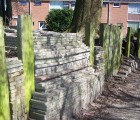
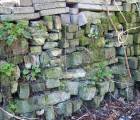
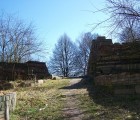
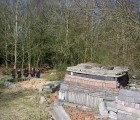
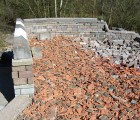
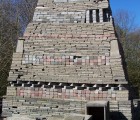
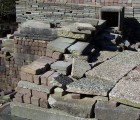
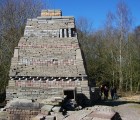
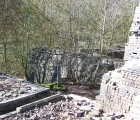
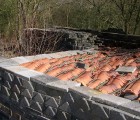
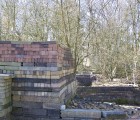
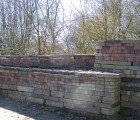
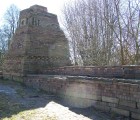
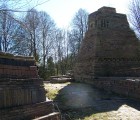
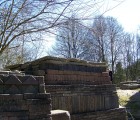
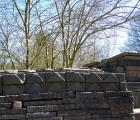
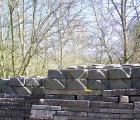
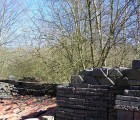
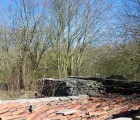
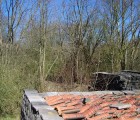
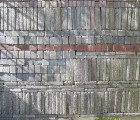
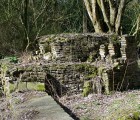
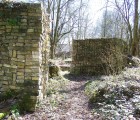
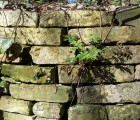
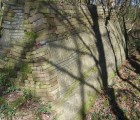
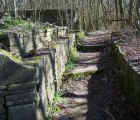
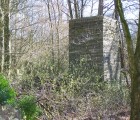
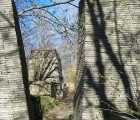
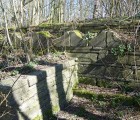
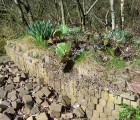
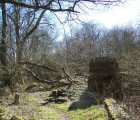
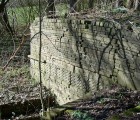
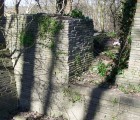
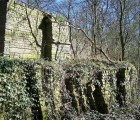
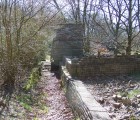
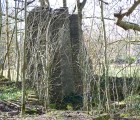
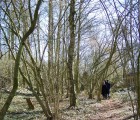
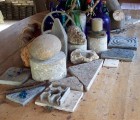
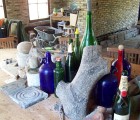
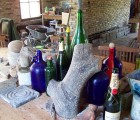
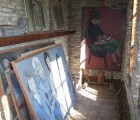
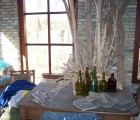
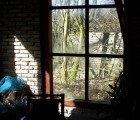
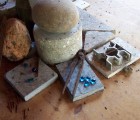
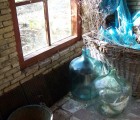
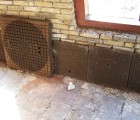
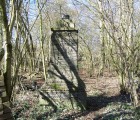
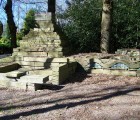
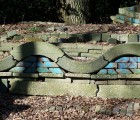
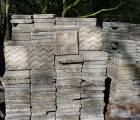
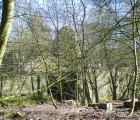
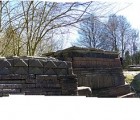
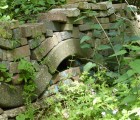
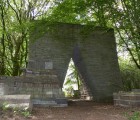
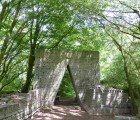
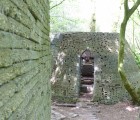
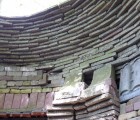
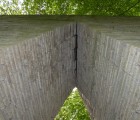
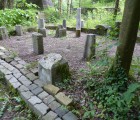
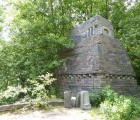
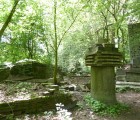
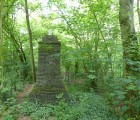
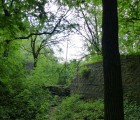
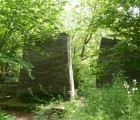
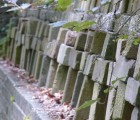
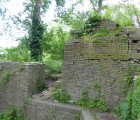
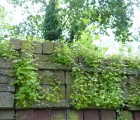
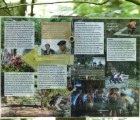
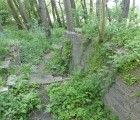
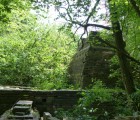
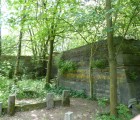
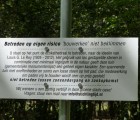
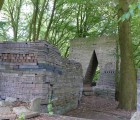
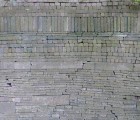
Extant
9 Schoterlandseweg, Mildam, 8454 KA, Netherlands
1983 to 2000
The site is open to the public and may be visited at one’s own risk. However, there are no amenities including parking or other facilities available for visitors.
About the Artist/Site
Born in Amsterdam in 1924, Louis le Roy studied at the Art Academy in The Hague from 1945-1950, and in 1949 became a teacher of drawing at the high school in Heerenveen, a job he would hold for over thirty years. In 1951 he bought an old farmer’s cottage located in the small Frisian community of Oranjewoud. He first renovated the house and then began transforming the large garden around it. He created favorable conditions for the growth of vegetation by constructing various structures of bricks and debris, distributing seeds, and then letting nature take its course.
Being active in the Heerenveen art world, in the early sixties le Roy developed a plan to transform the middle part of a thoroughfare in a new part of the town into a kind of ecological zone, to be realized with the active help of local neighbours. The municipality agreed and, in 1966, the Kennedy Lane Public Garden project started. A plot of some 1000 m long and 18 m wide (3250 x 58.5 feet) was transformed into an ecological green zone, using anorganic residual surplus material supplied by the city's parks department (bricks, paving stones, demolition material), that were arranged and stapled by volunteers into paths and structures, where plants could grow.
In the early seventies a program on national television that explored le Roy’s ideas and projects in great detail led to a wave of debate in the country. Le Roy's critique of the rigidity of city planning and of urban monoculture apparently struck a responsive chord. Many individual gardeners began transforming their gardens into "wild" gardens, and park departments of cities came under pressure to opt for a more ecological approach. Le Roy took an active part in the debate, participating in discussions and publishing a book and several articles.
Le Roy had acquired a plot of land of some 3 hectares (7.4 acres) in Mildam, a small rural community outside of, but belonging to Heerenveen. The Eco-Cathedral project formally began in 1983, when le Roy and the city signed an agreement that the city would regularly deliver its residual material of bricks and pavements to help le Roy realize a project "that aims to develop high complex structures in cooperation between natural and creative-human processes," as stated in the city's 2008 formal zoning plan.
From 1983 until 2000 le Roy worked alone, neatly and orderly arranging the periodically delivered quantities of surplus used materials into paths and leveled foundations for structures to be erected, without using any cement or machines. In his mind he had a general idea of the layout, but he had no formally preconceived plan, as he was opposed to the idea of a designed final situation: he preferred to see what would happen by working step by step and somewhat improvising, in this way developing structures that, as they became more complex, would also become stronger. Le Roy also believed that by working alone he could research what an individual could do simply by making use of human energy, building materials, and nature.
The site, as it has grown, has become impressive indeed, with its platforms, walls and towers, and abundant vegetation. Beginning in 2000, volunteers began participating in the project and, in 2001 a foundation was created to continue the project when le Roy would no longer be with us, as he believed that it could take a thousand years before the cathedral might be considered finished.
Currently, focus in the ecological debate has shifted to other topics, such as energy and food production, and social activism targeted towards participating in le Roy's project is not as forceful, so the future of the Eco-Cathedral will depend upon the enthusiasm and devotion of volunteers to continue to collectively construct and build.
The site is open to the public and may be visited at one’s own risk. However, there are no amenities including parking or other facilities available for visitors.
~Henk van Es
Contributors
Materials
brick, concrete
Map & Site Information
9 Schoterlandseweg, 8454 KA
nl
Latitude/Longitude: 52.9345652 / 5.9913938
Nearby Environments

Can you provide SPACES with images of this art environment?
Please get in touch!
Ruurd Wiersma, Four Seasons at the Ruurd Wiersma Hûs [Ruurd Wiersma House]
Burdaard, Friesland

Can you provide SPACES with images of this art environment?
Please get in touch!
Ark of Noah
Dordrecht, Zuid-Holland


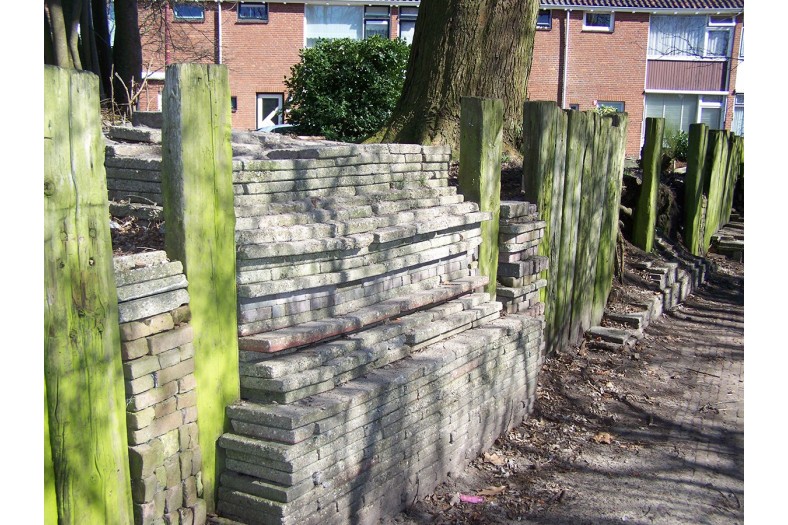
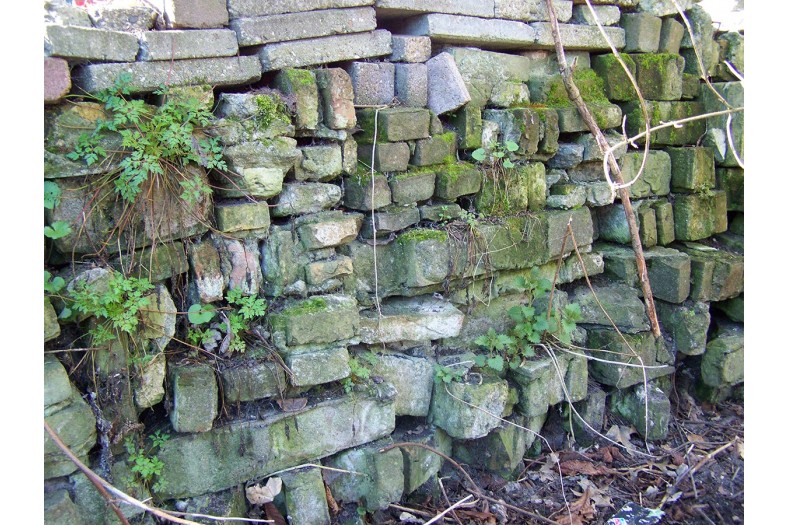
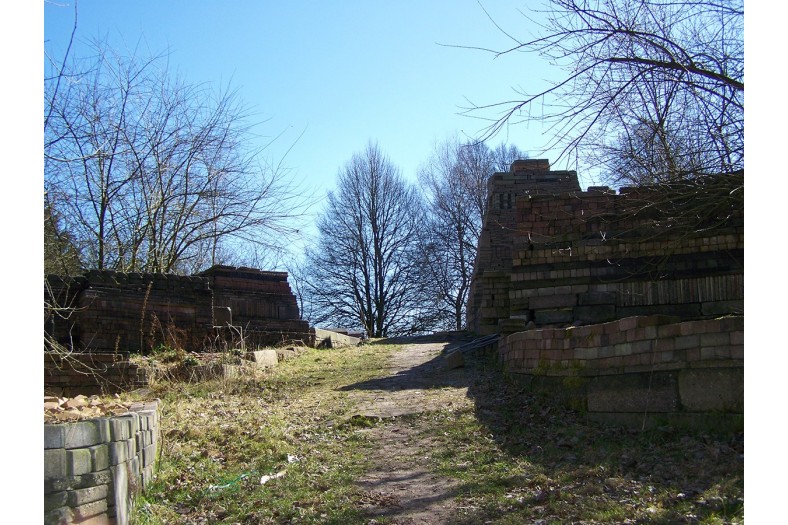
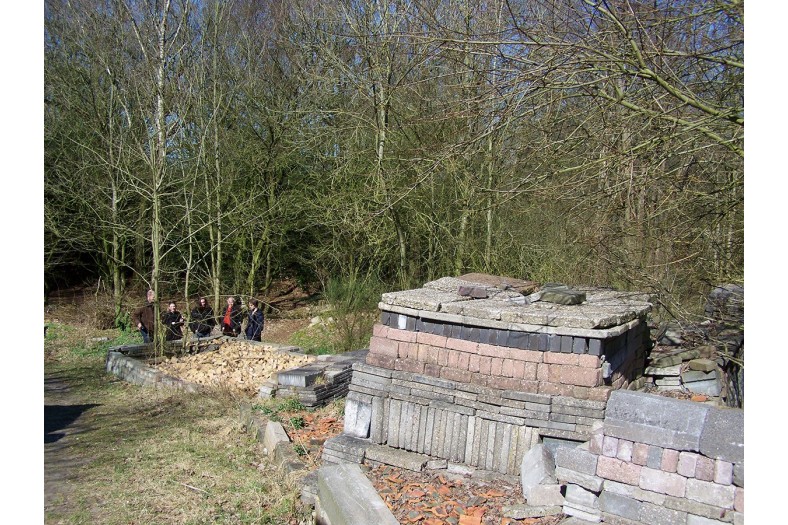
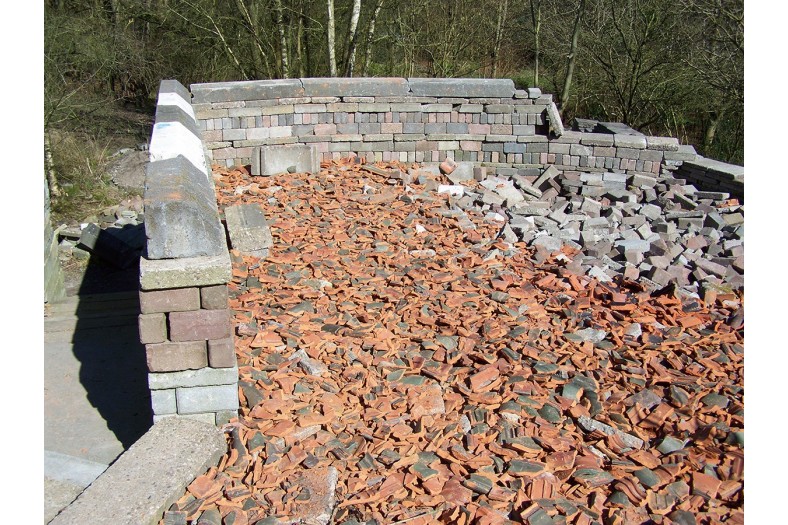
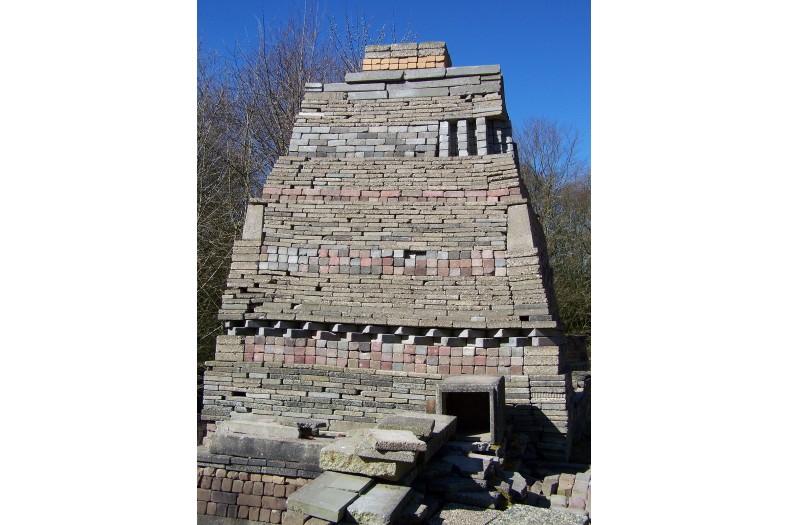
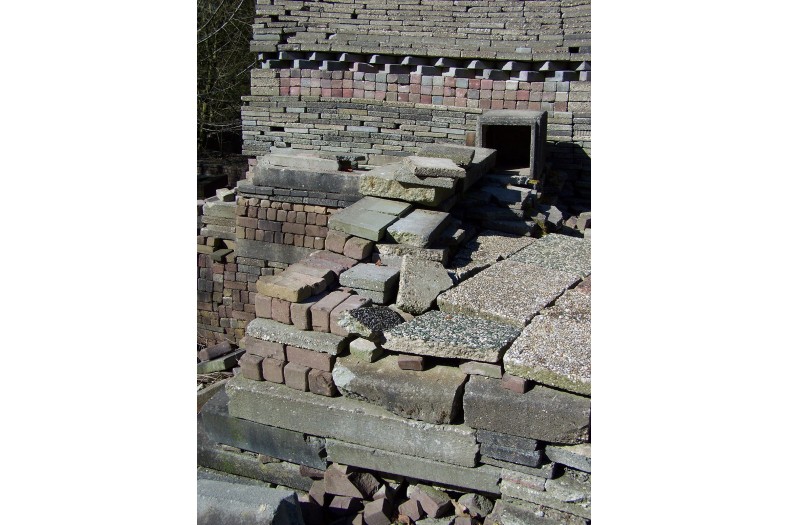
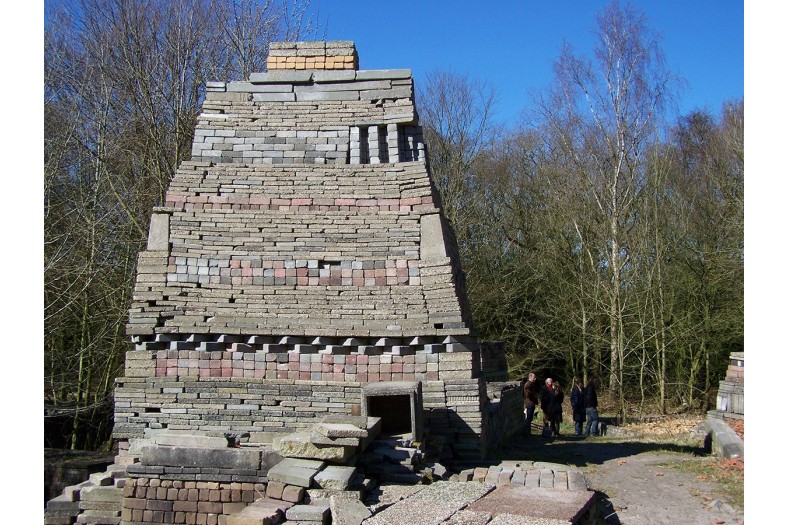
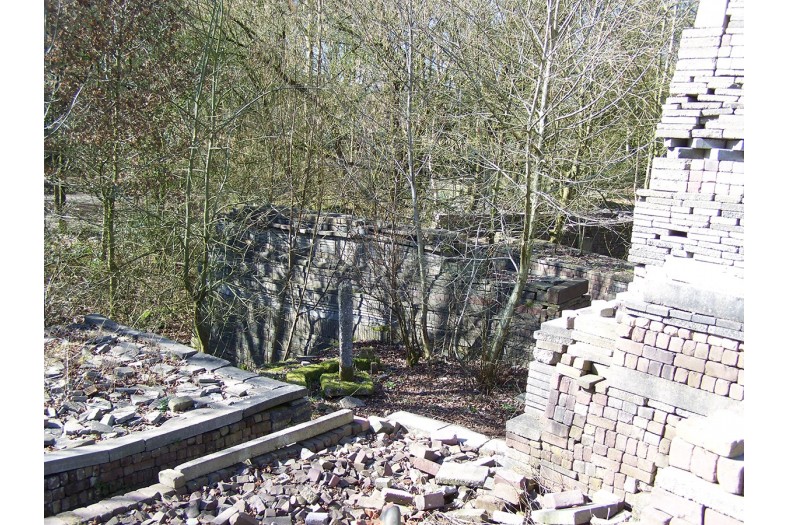
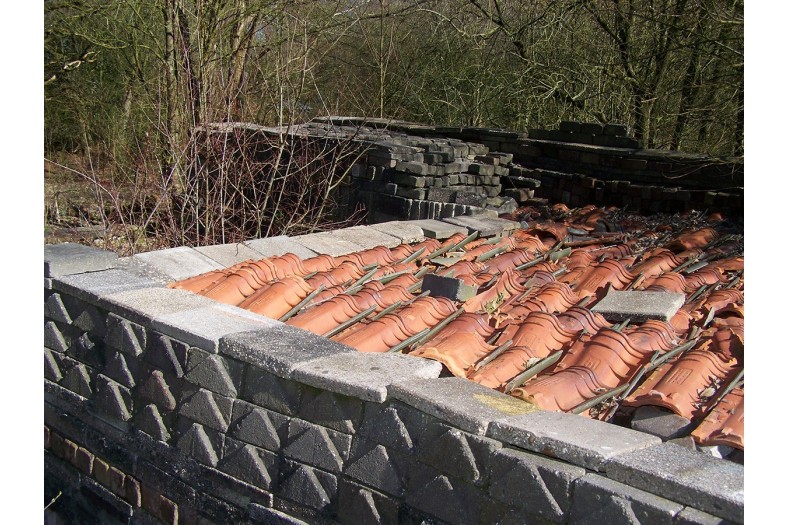
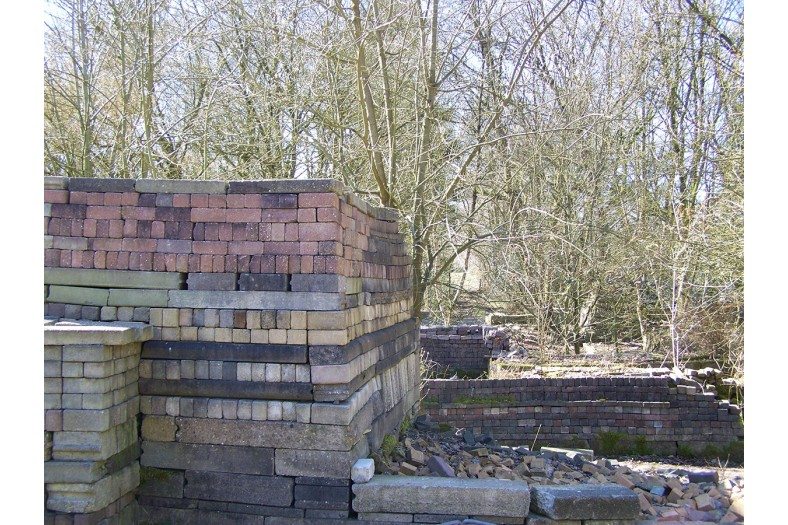
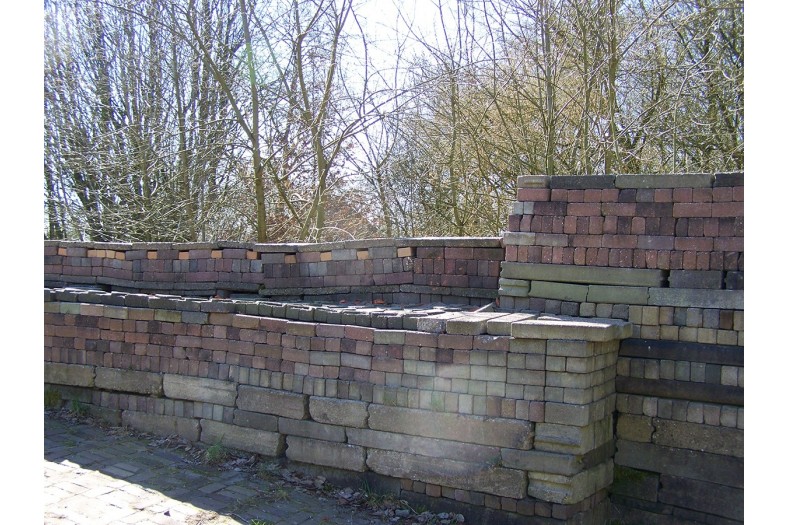
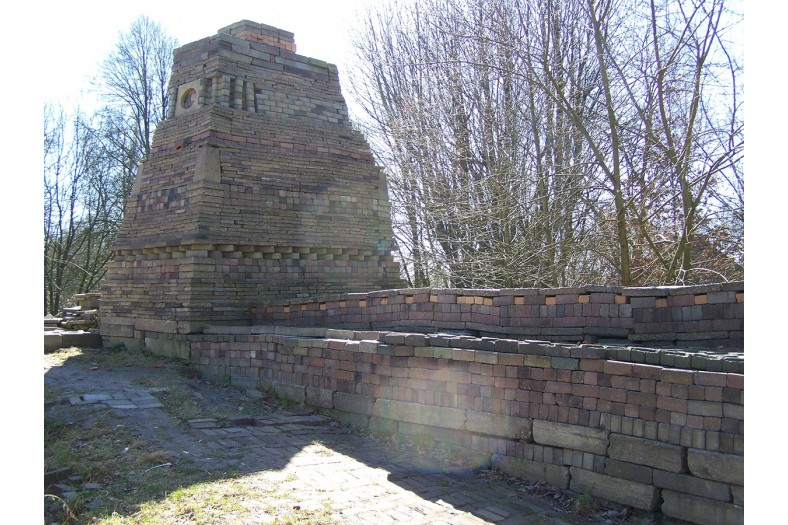
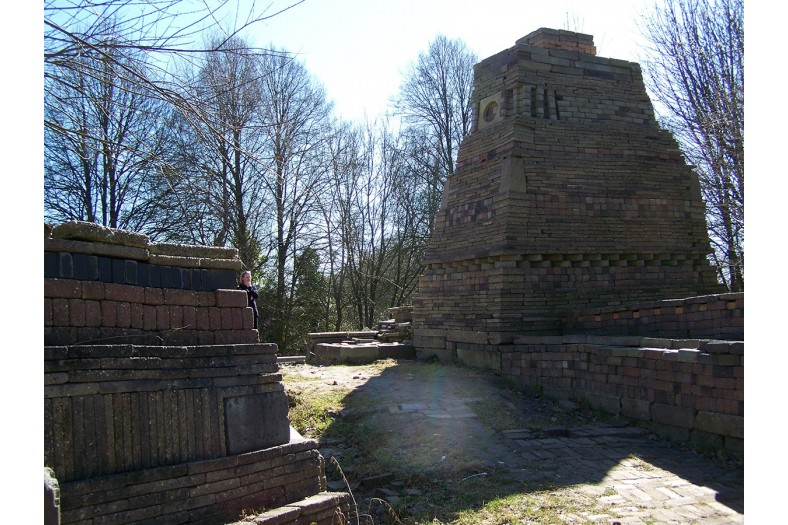
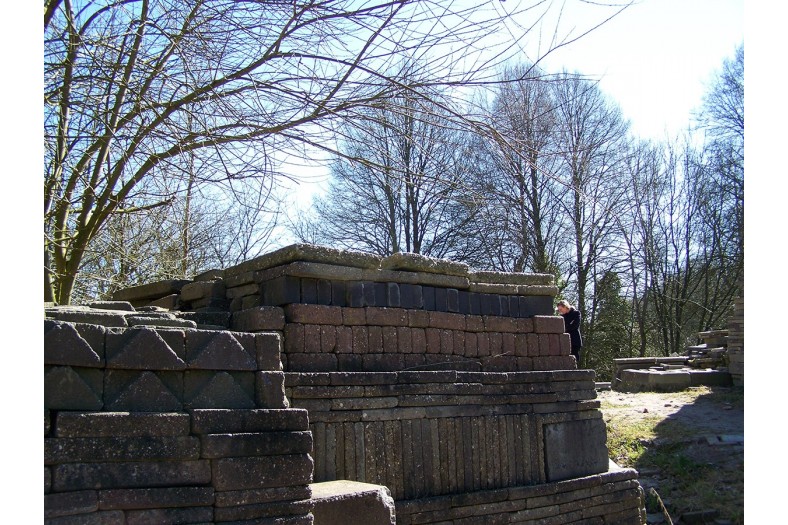
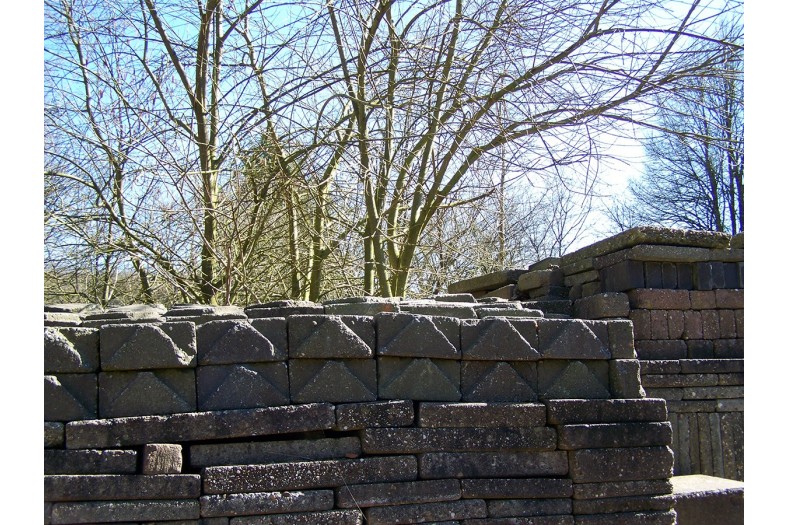
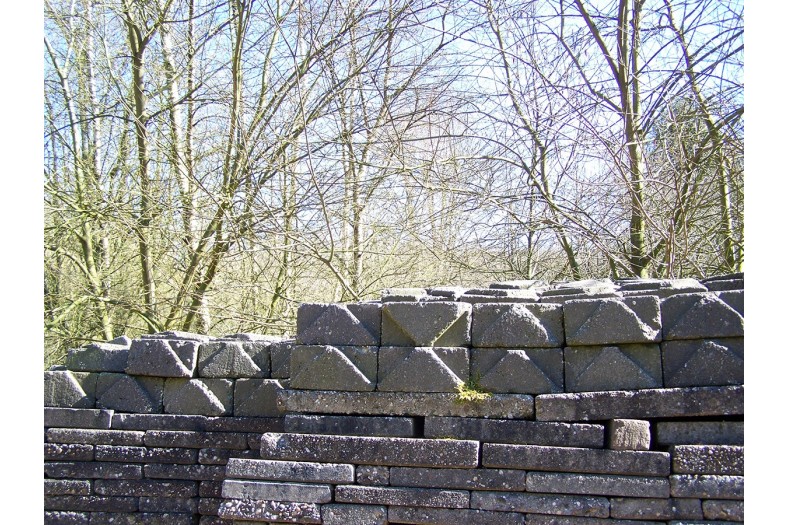
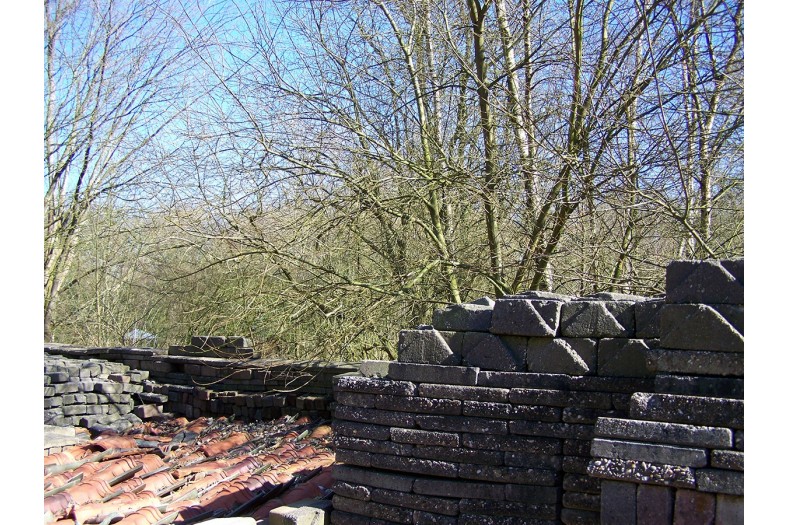
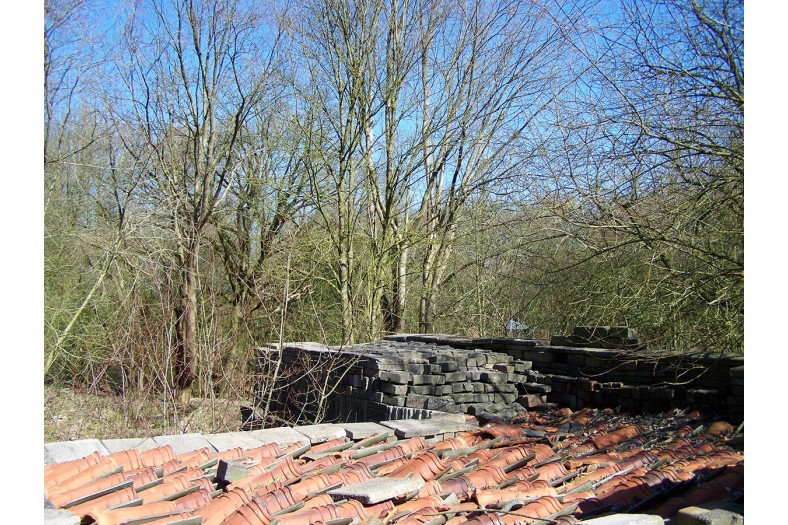
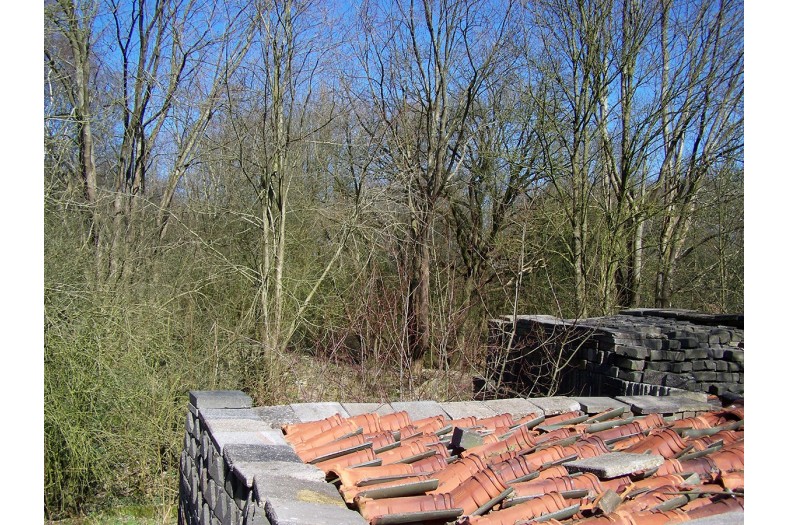
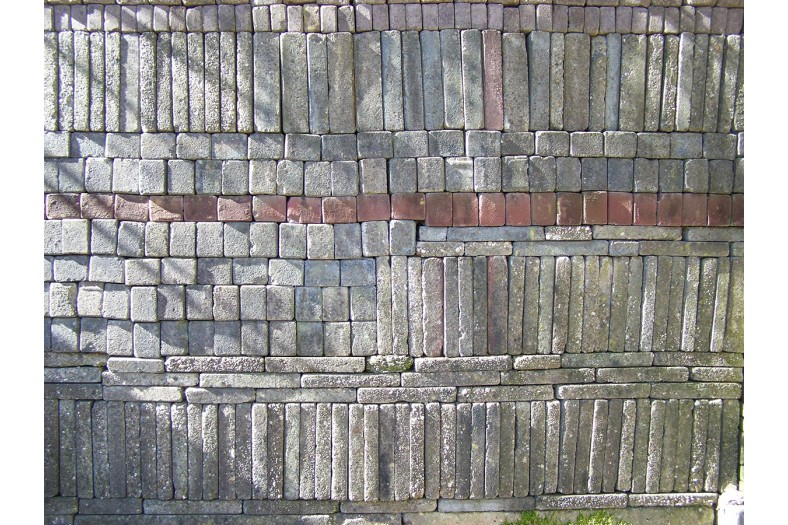
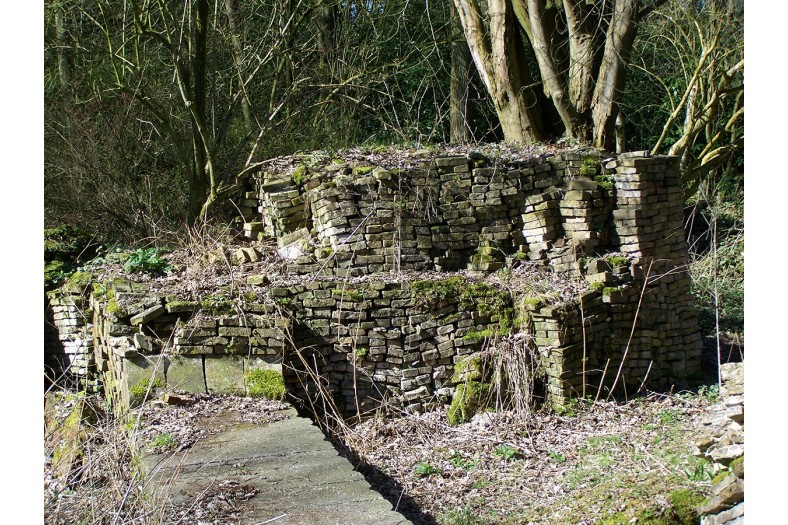
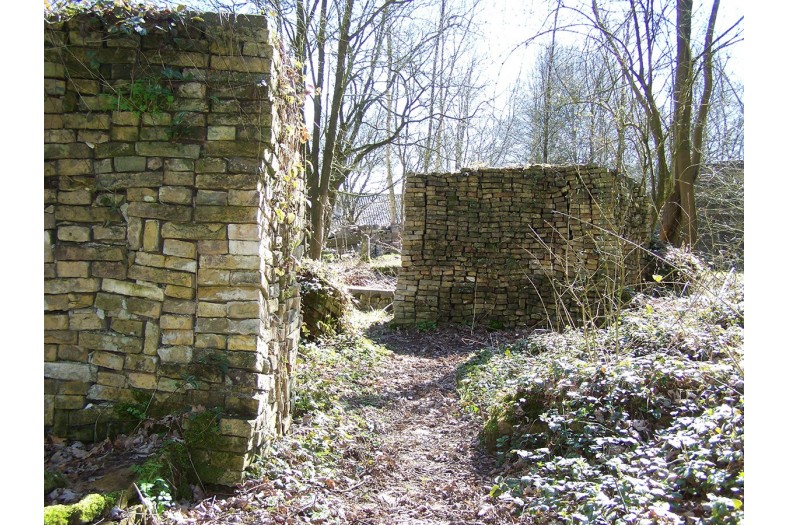
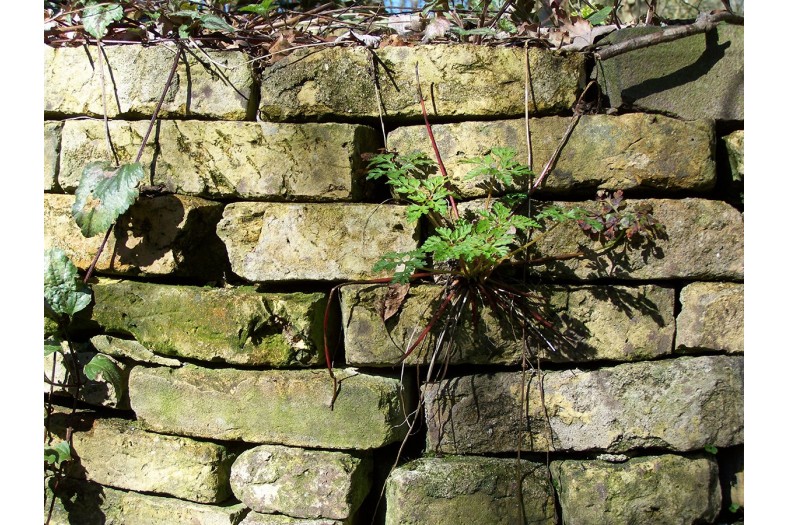
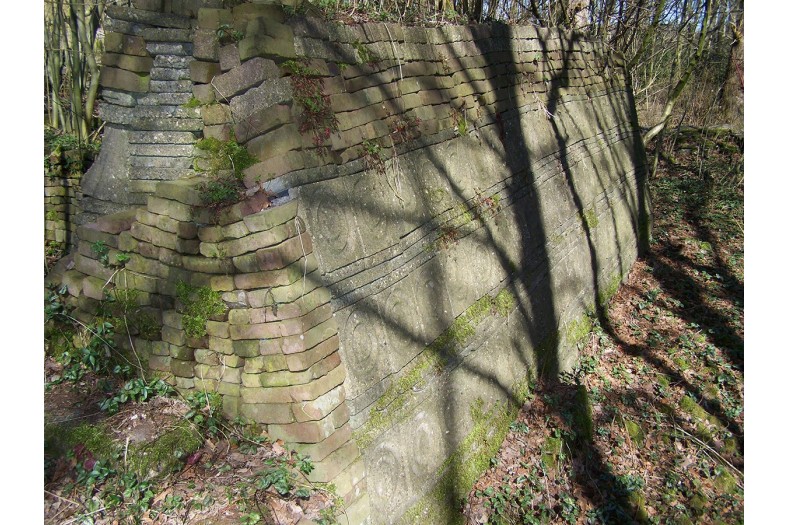
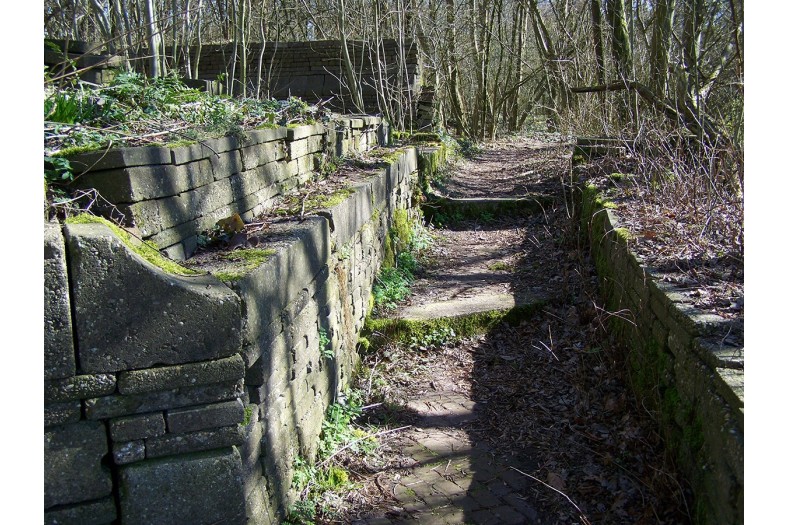
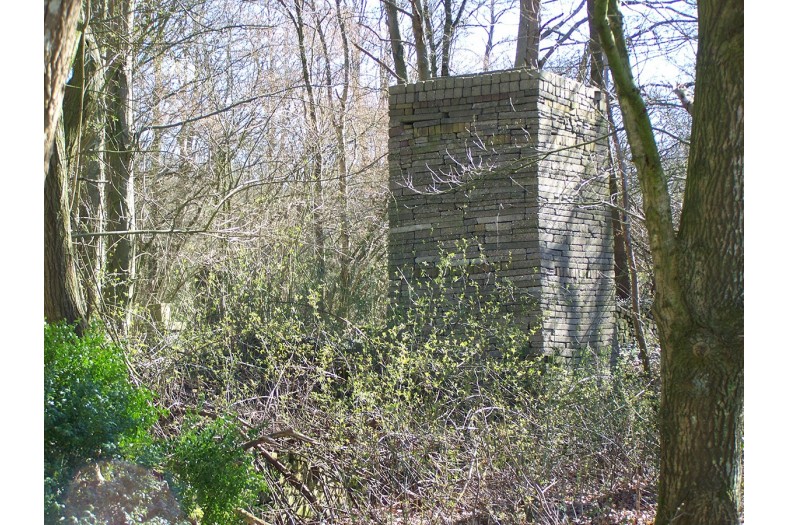
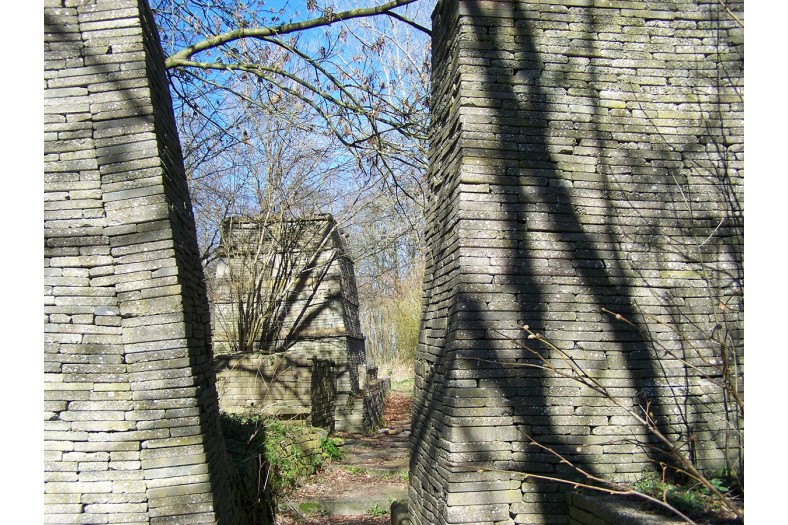
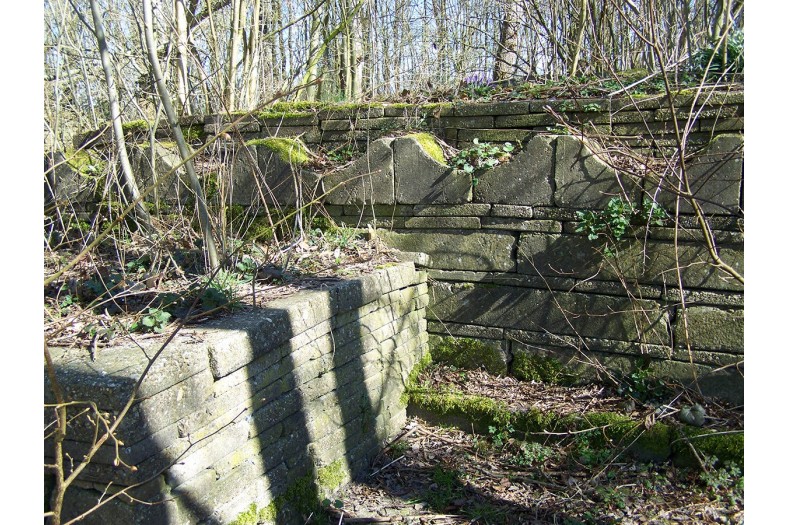
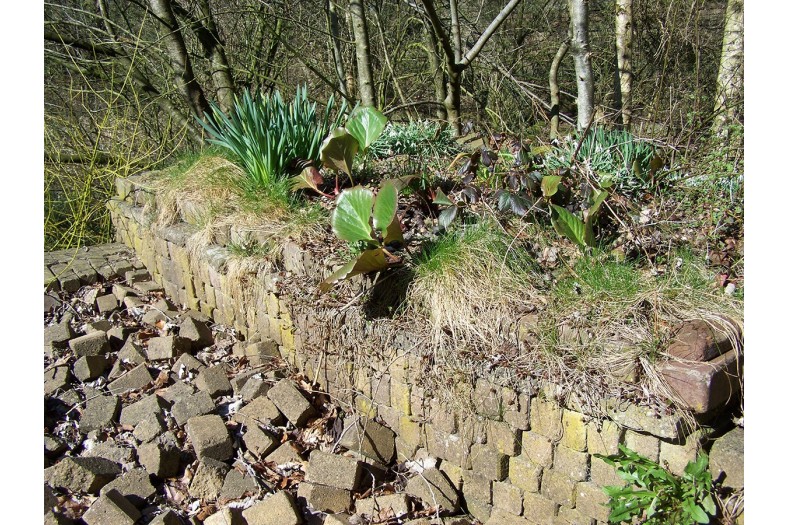
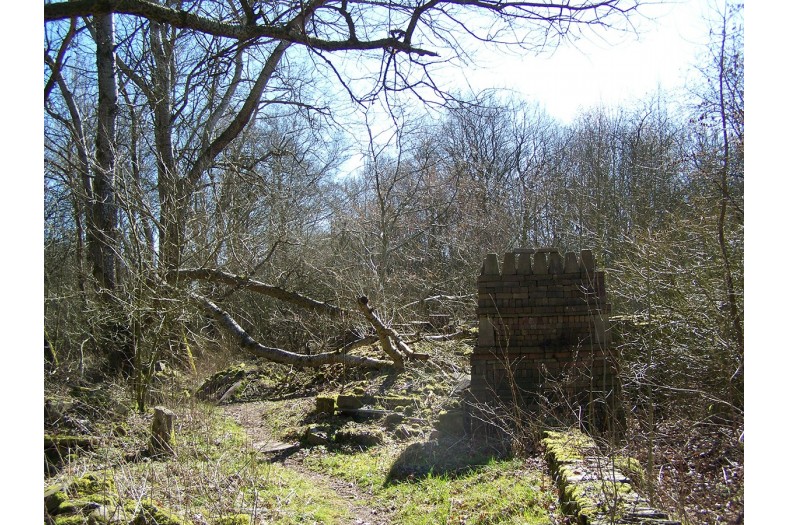
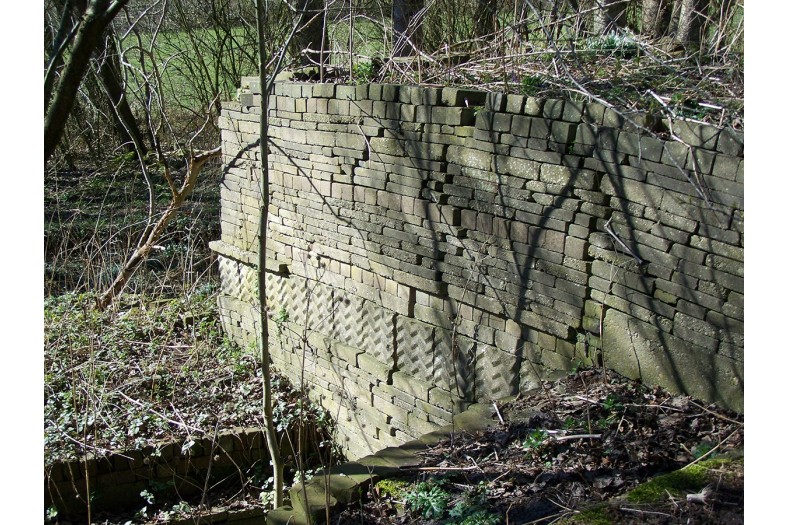
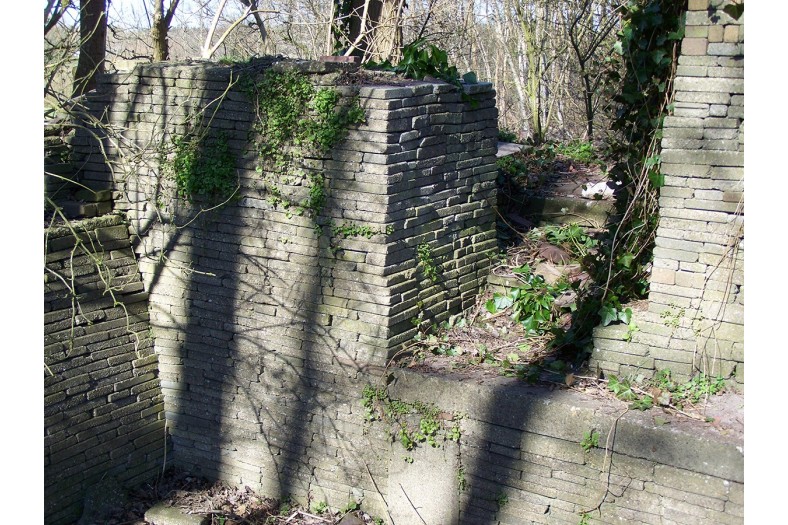
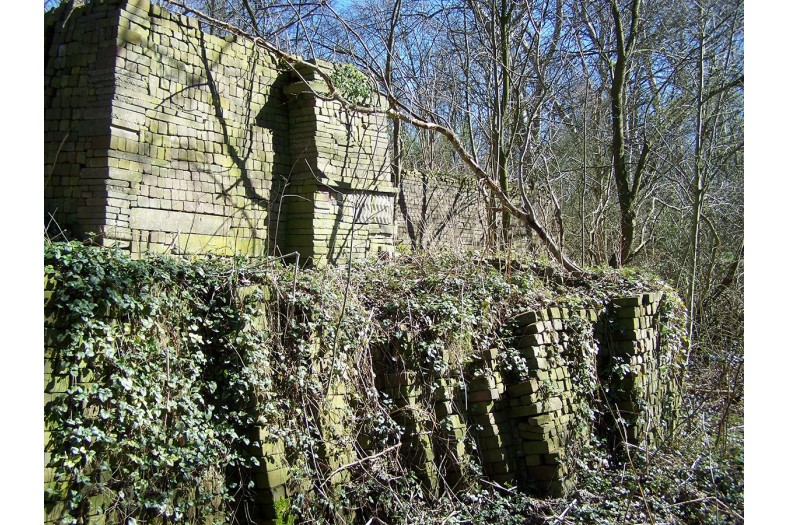
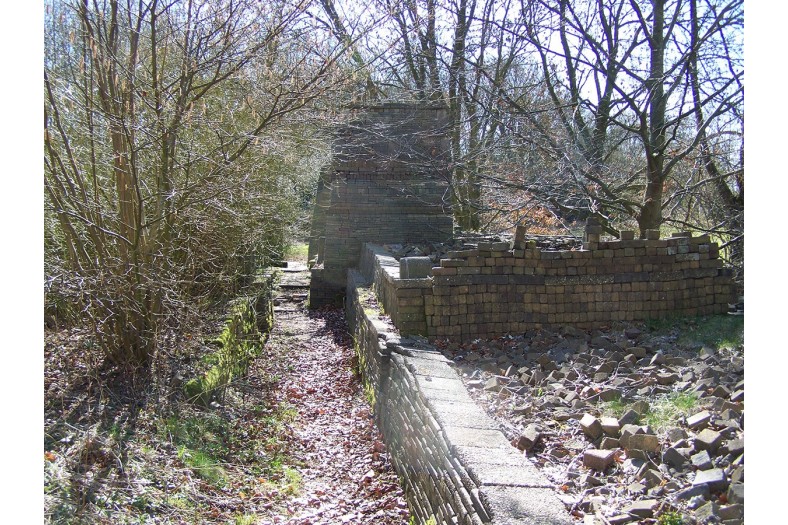
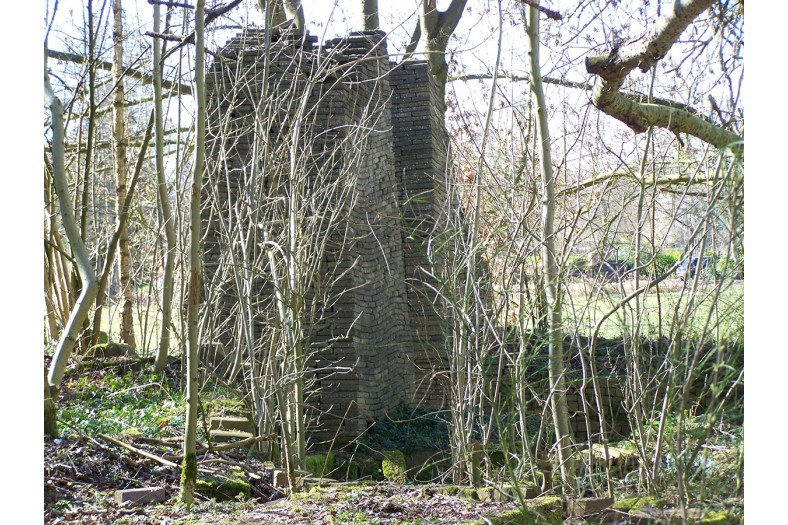
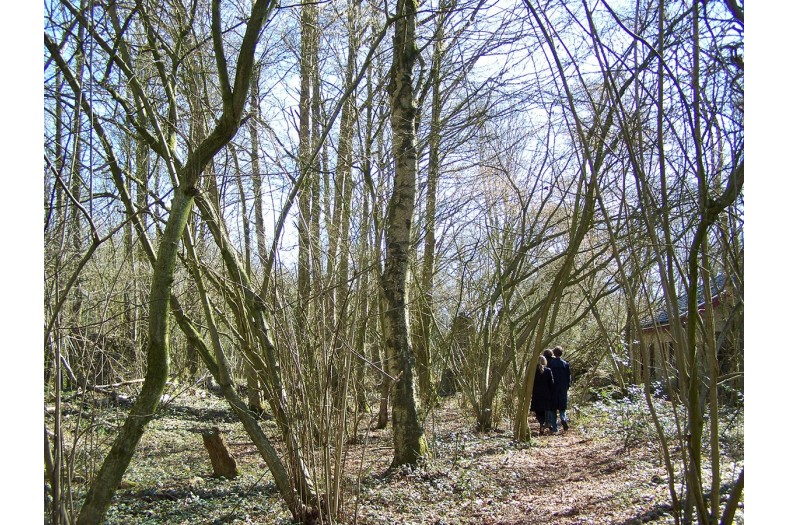
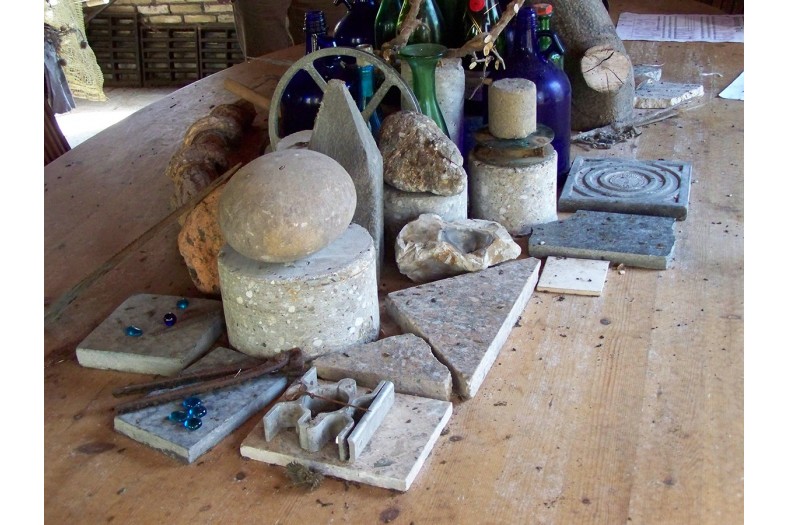
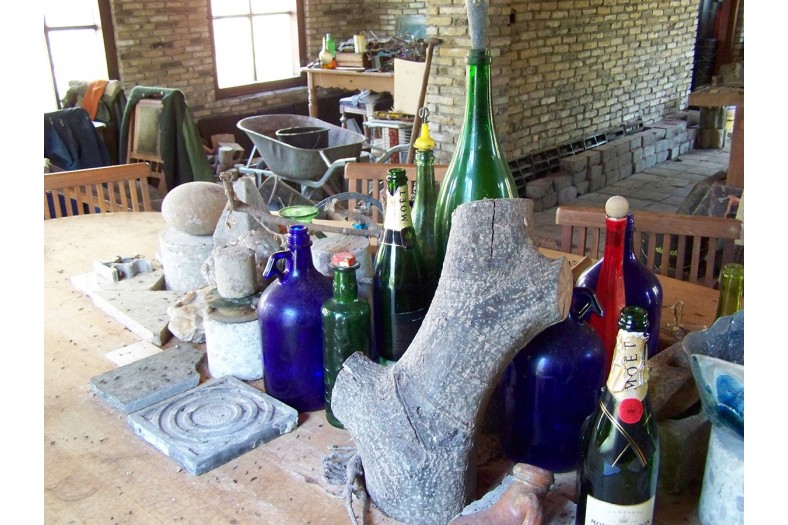
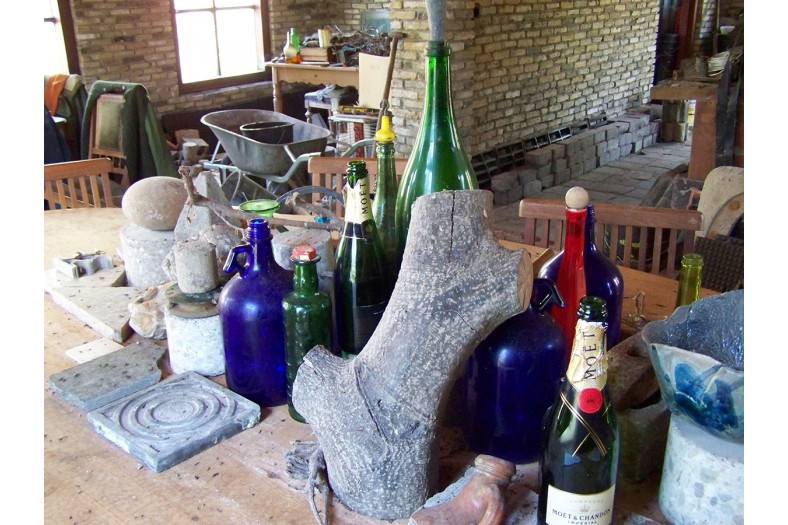
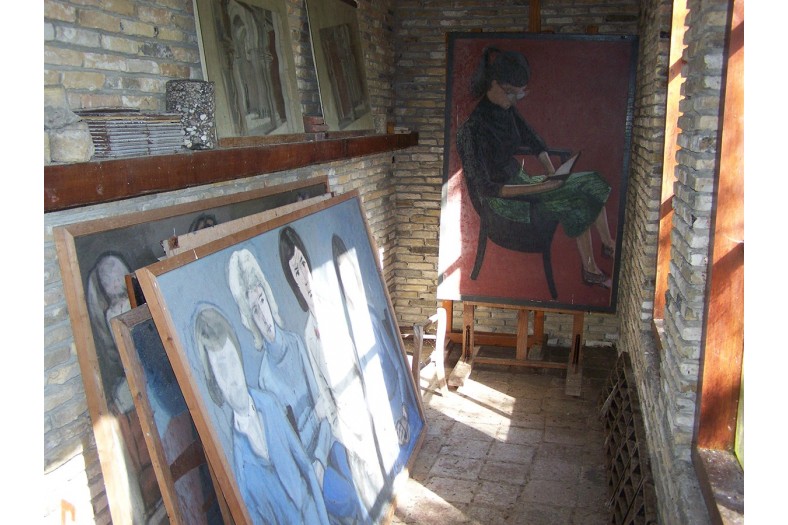
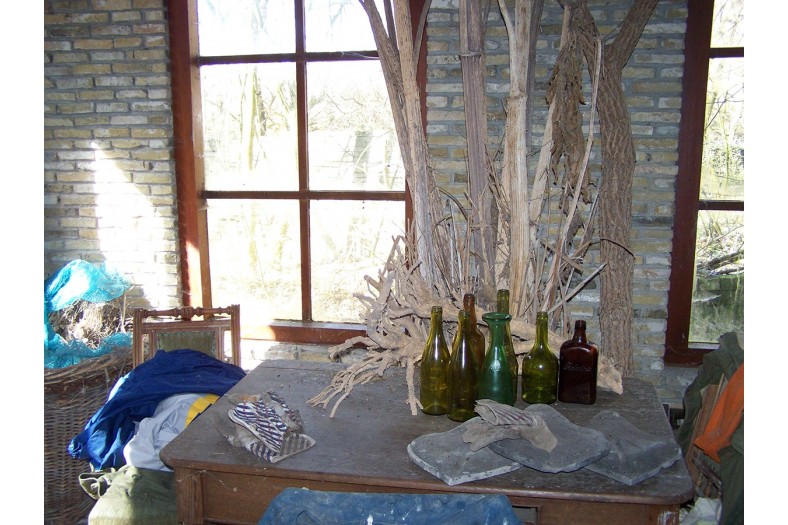
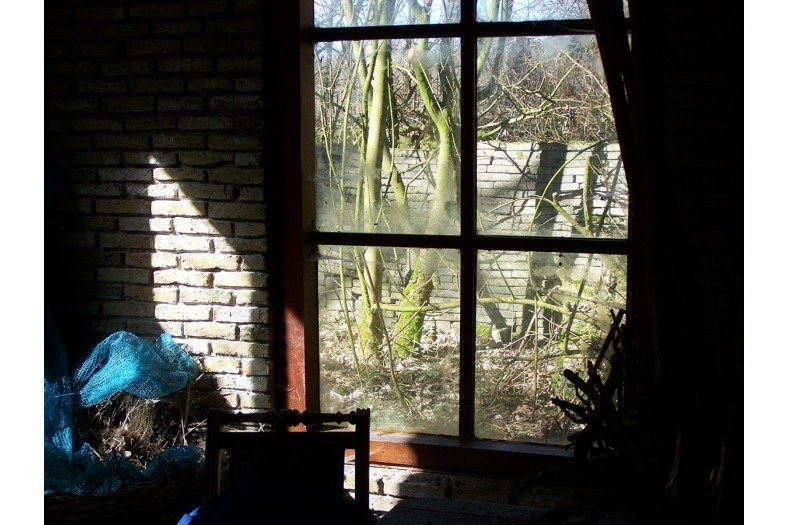
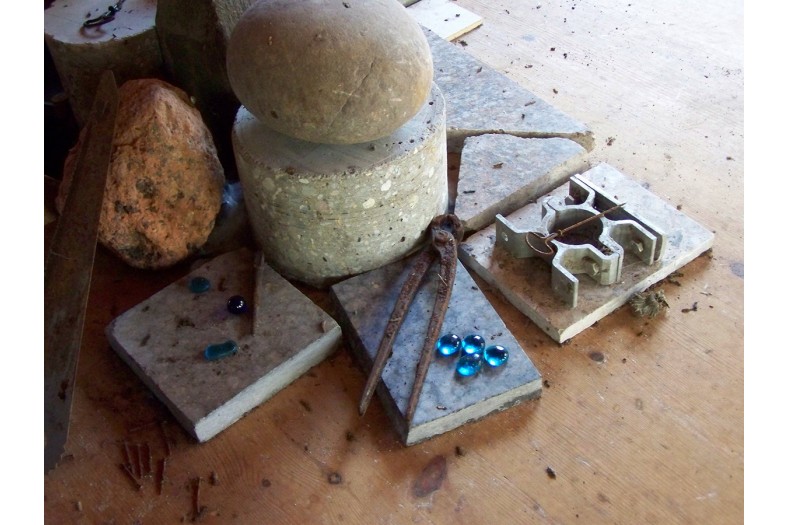
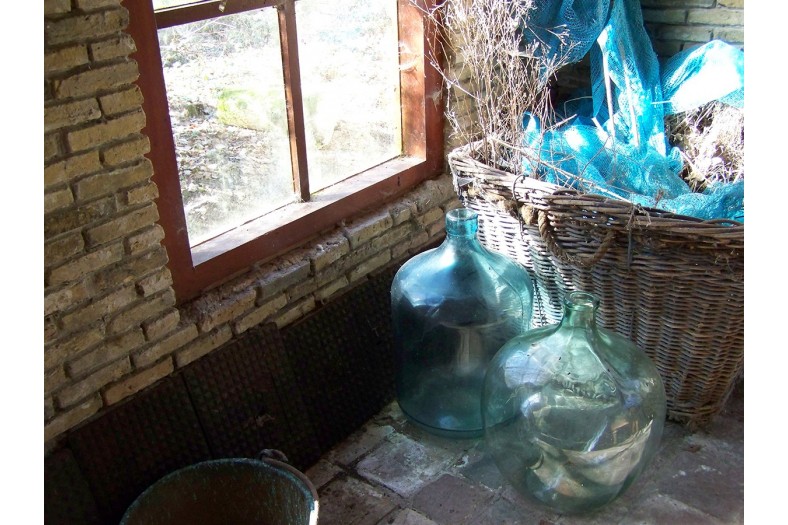
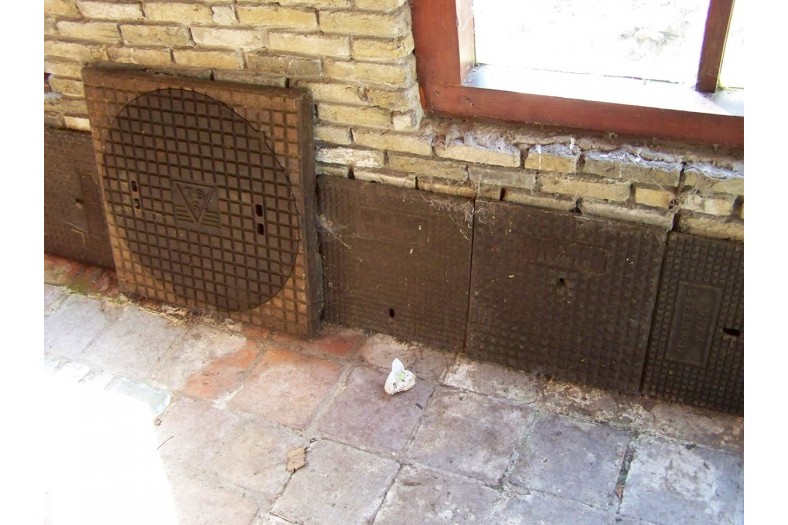
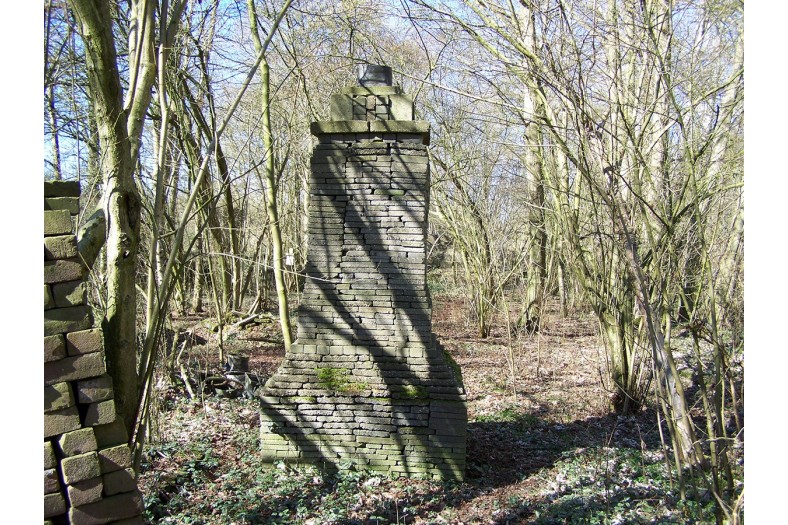
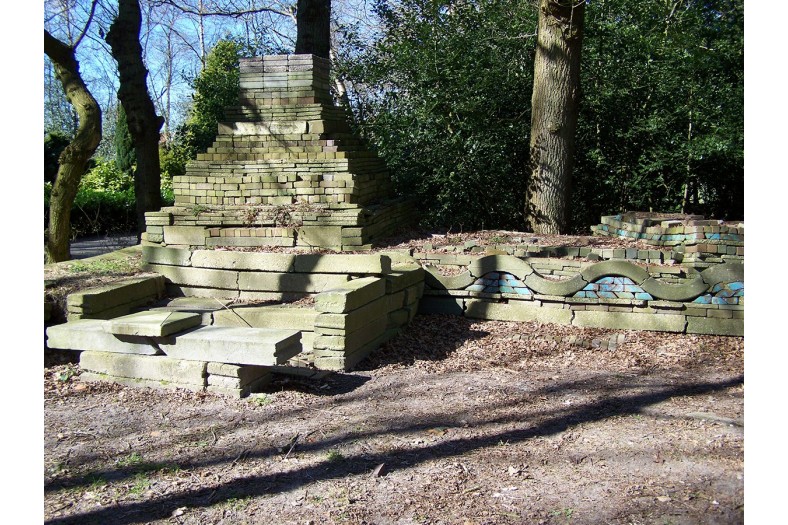
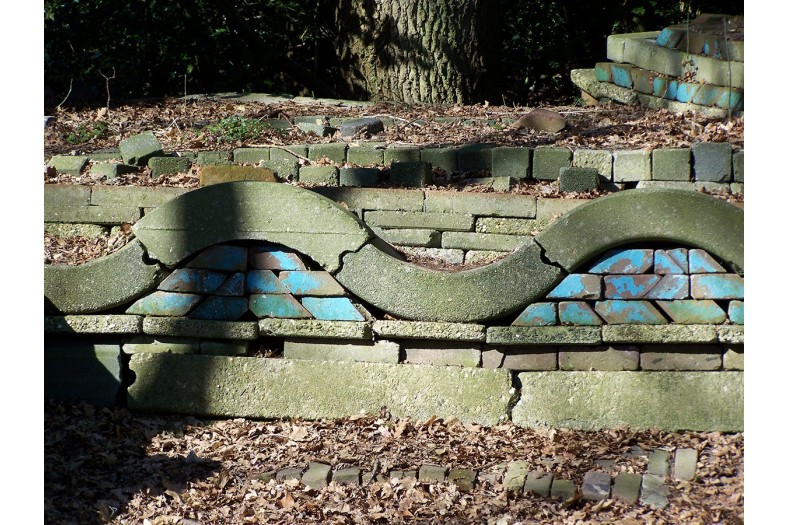
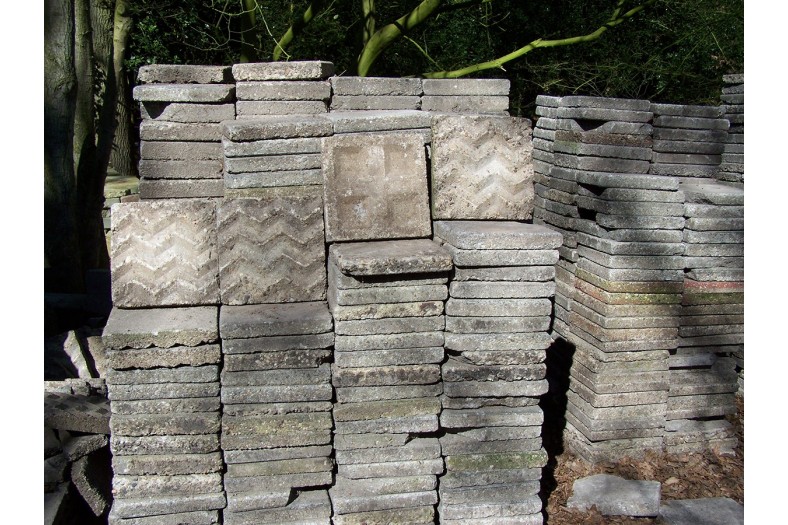
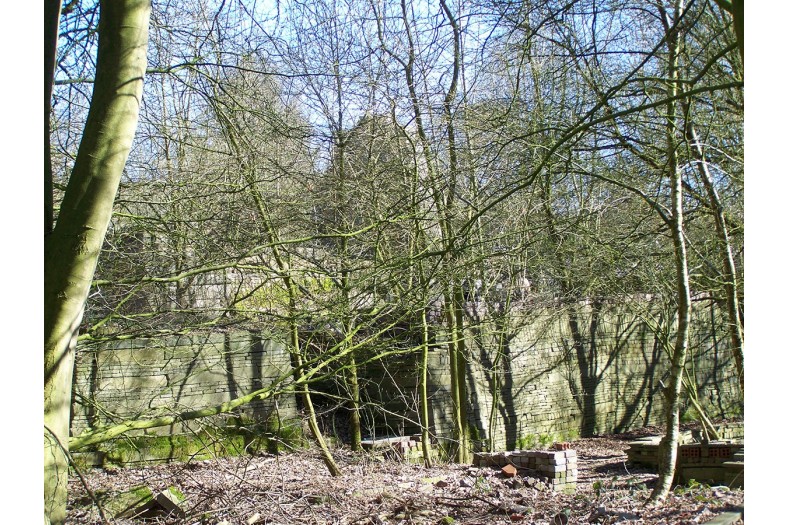
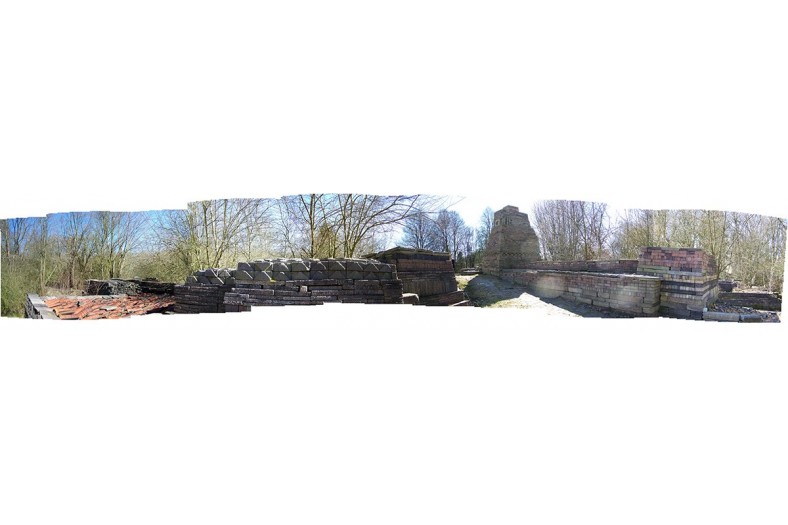
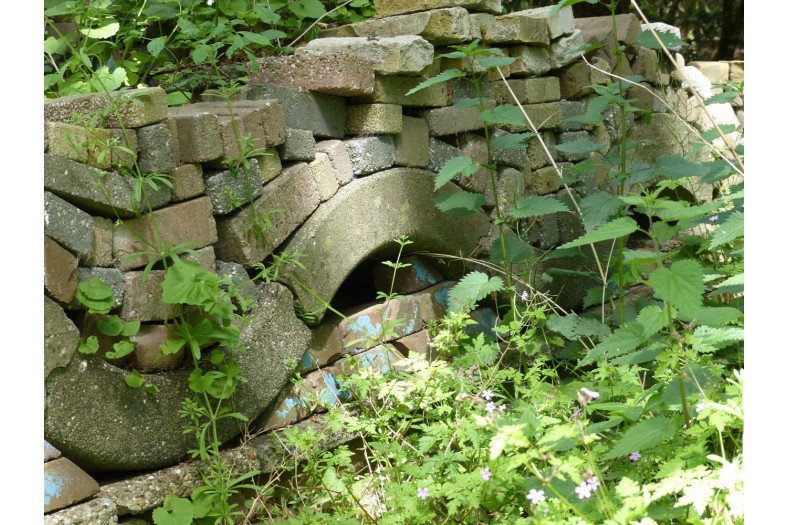
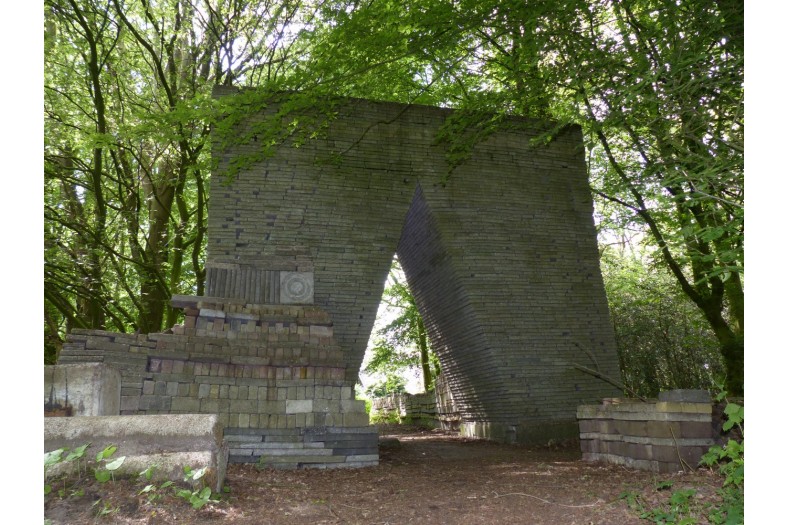
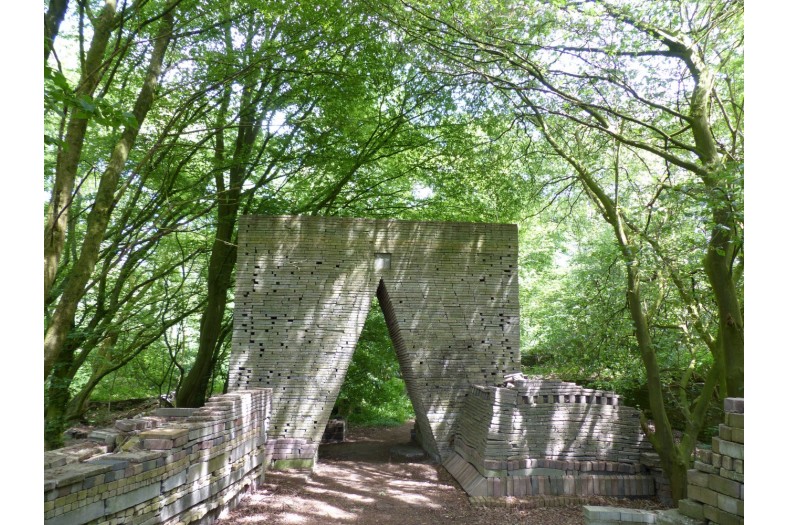
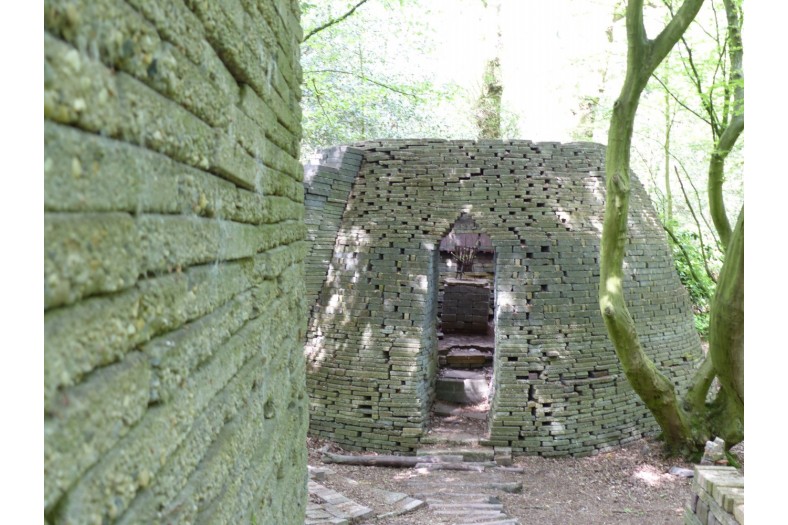
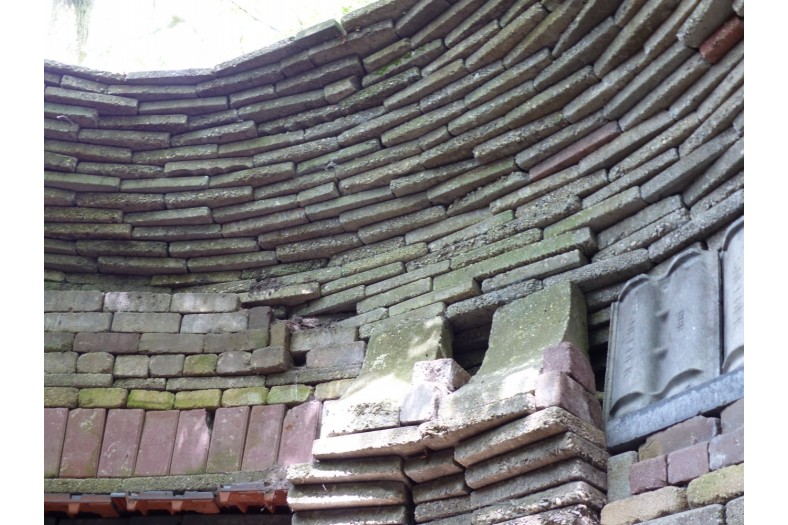
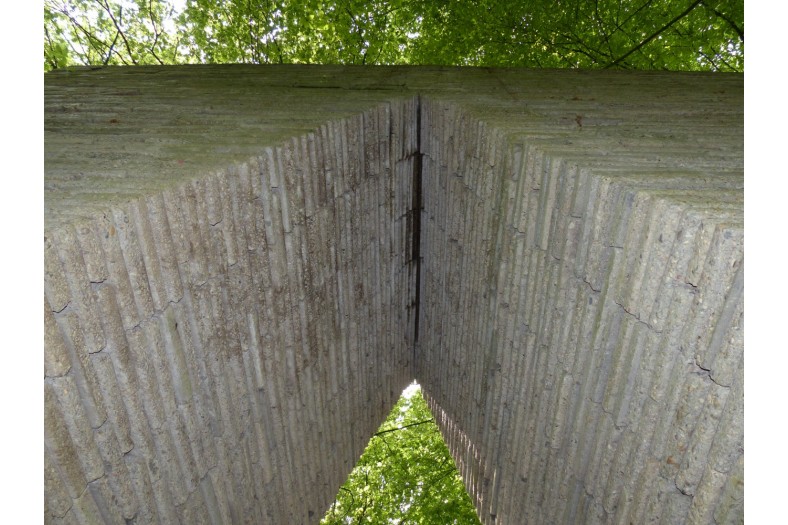
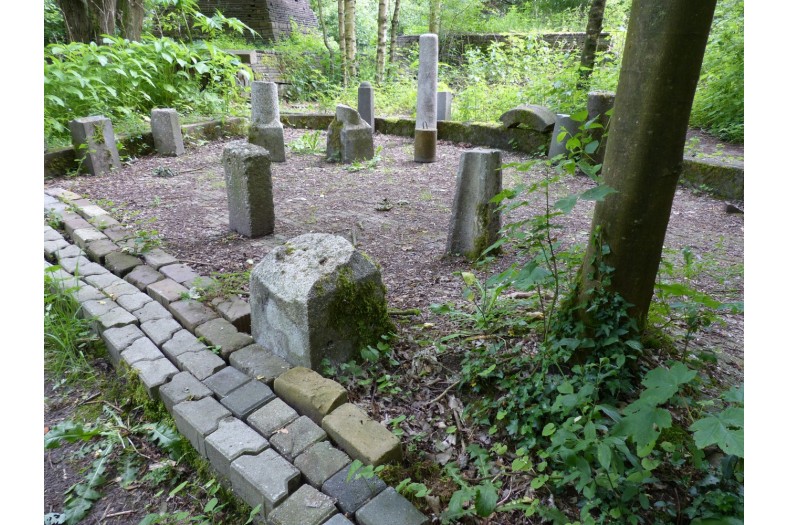
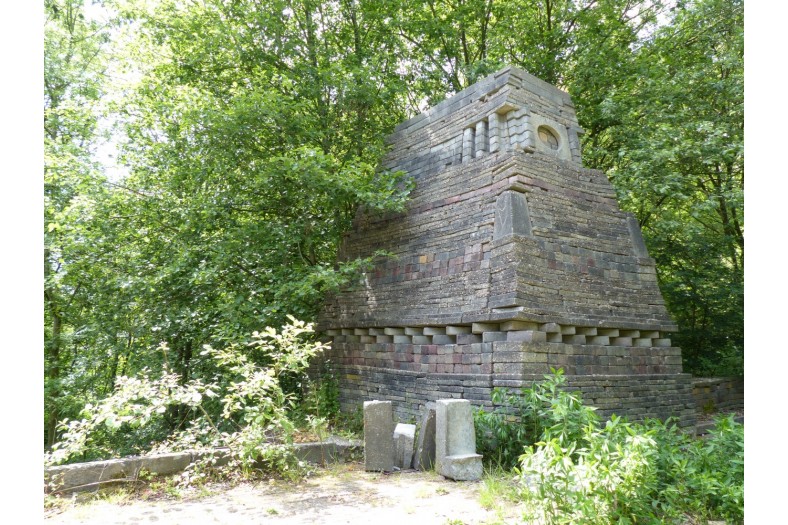
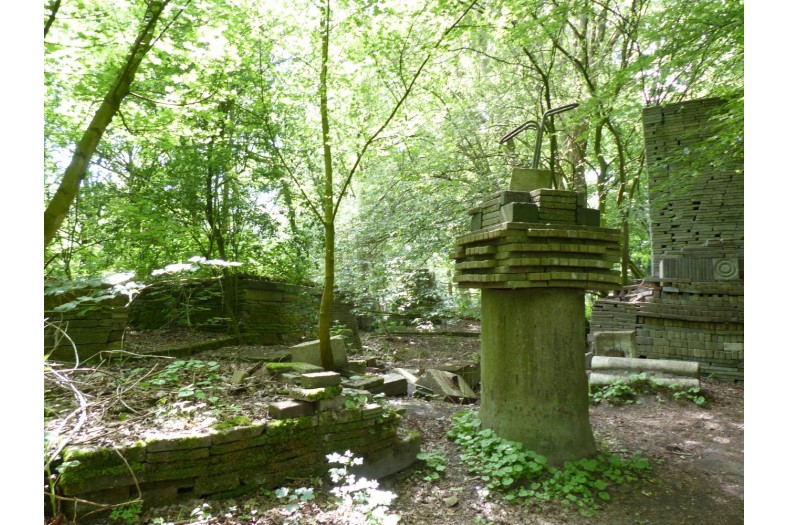
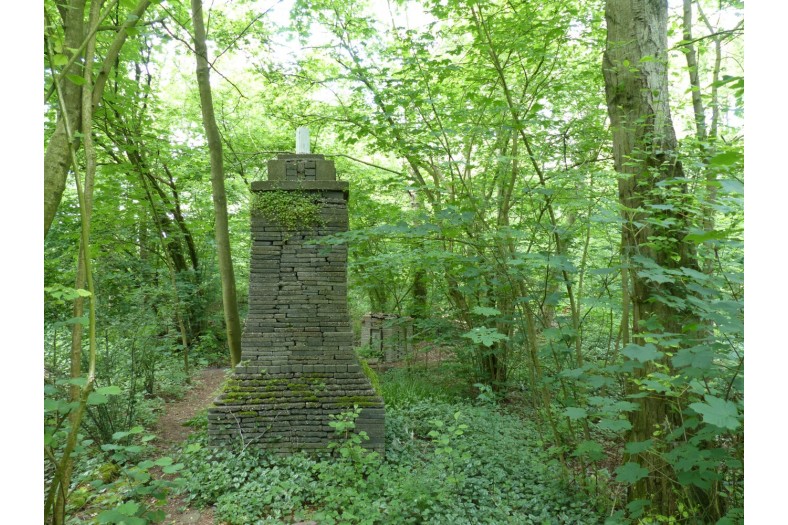
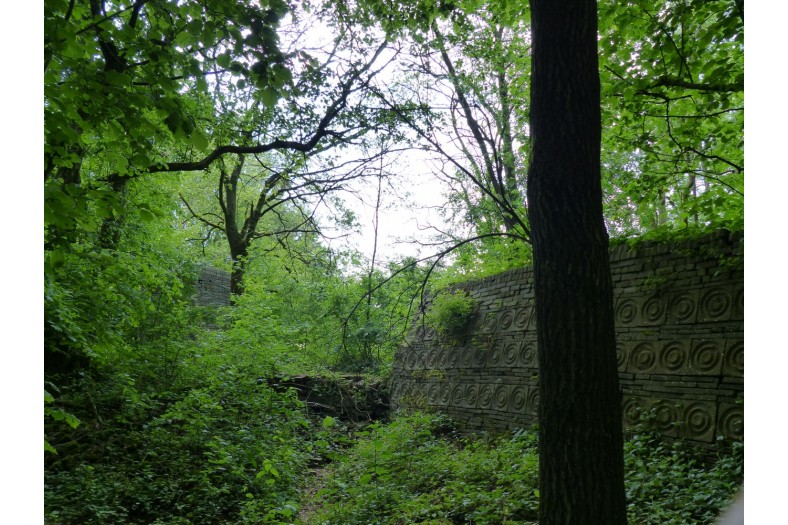
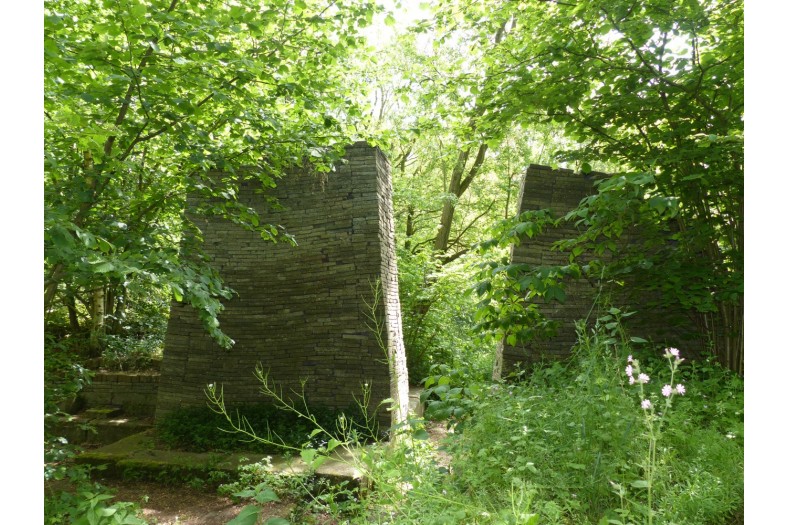
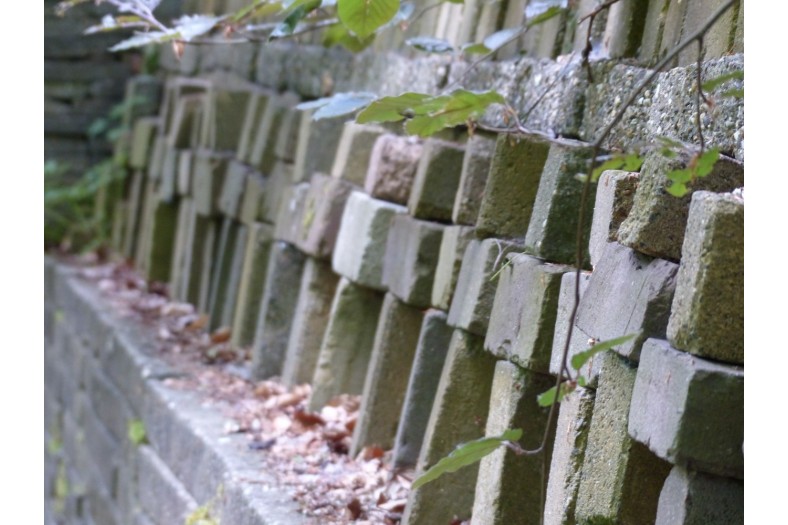
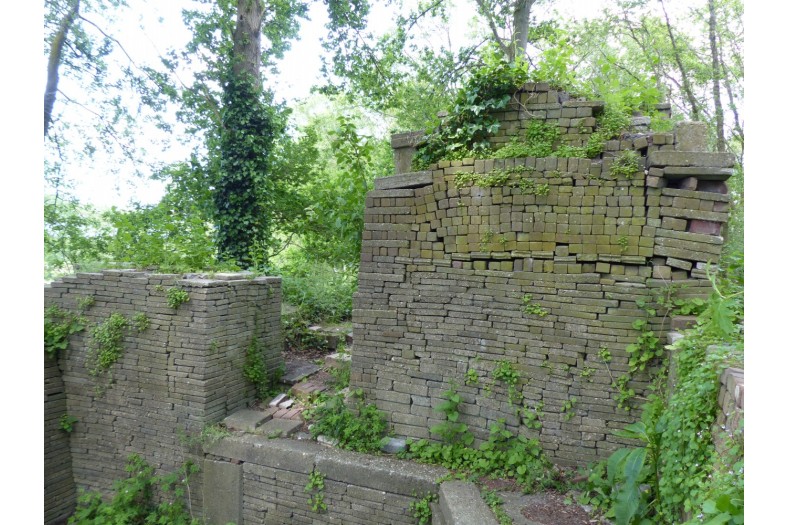
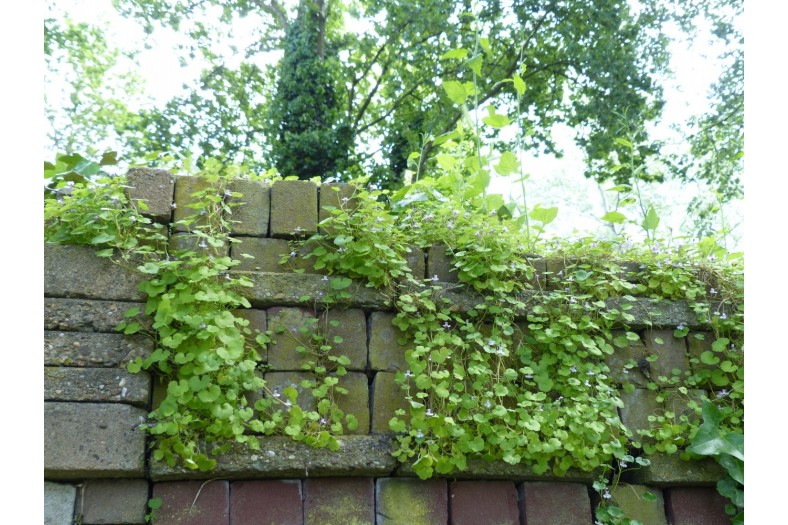
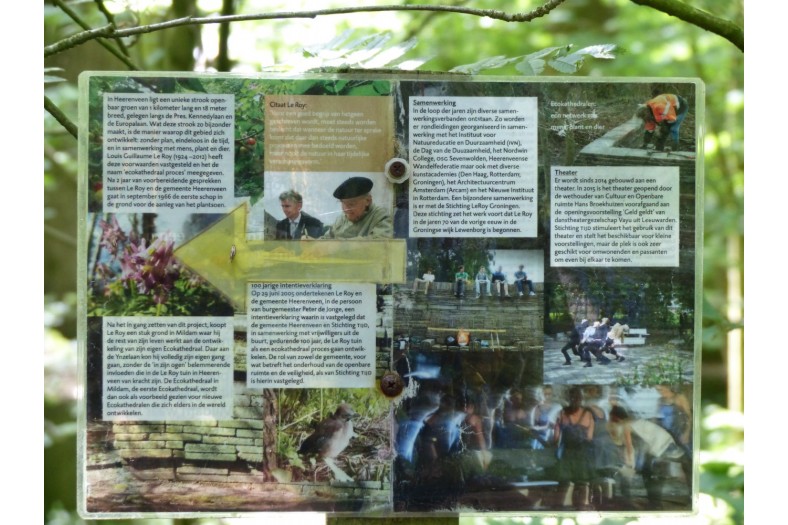
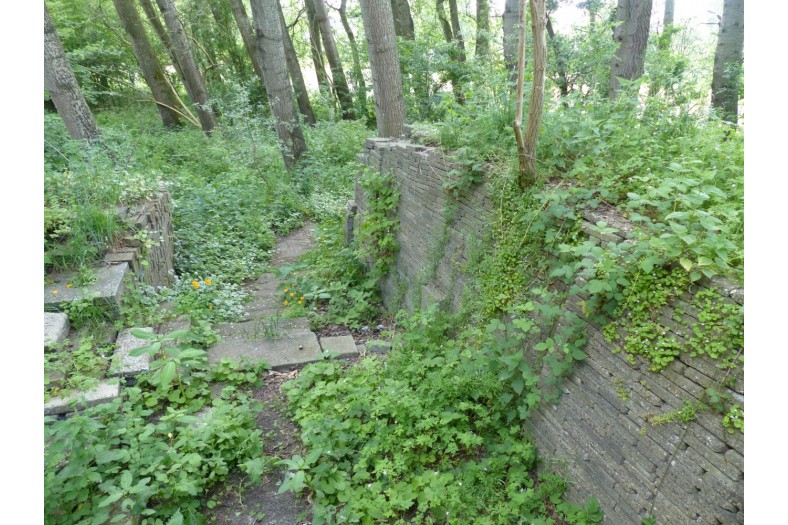
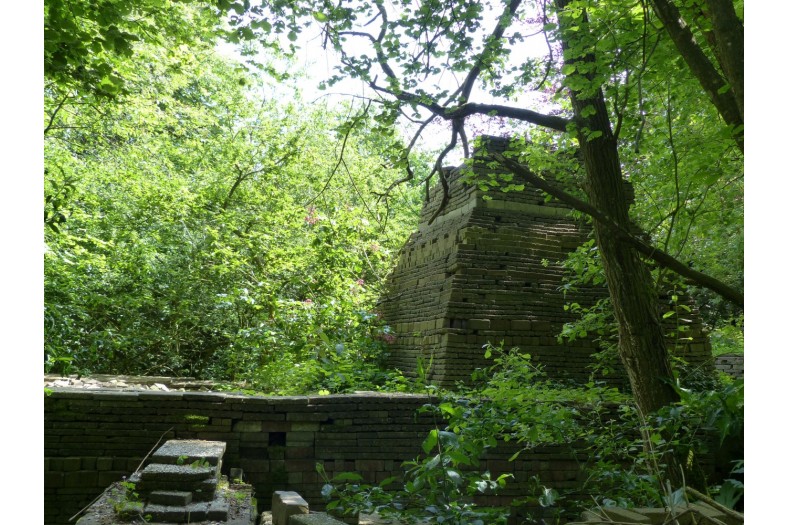
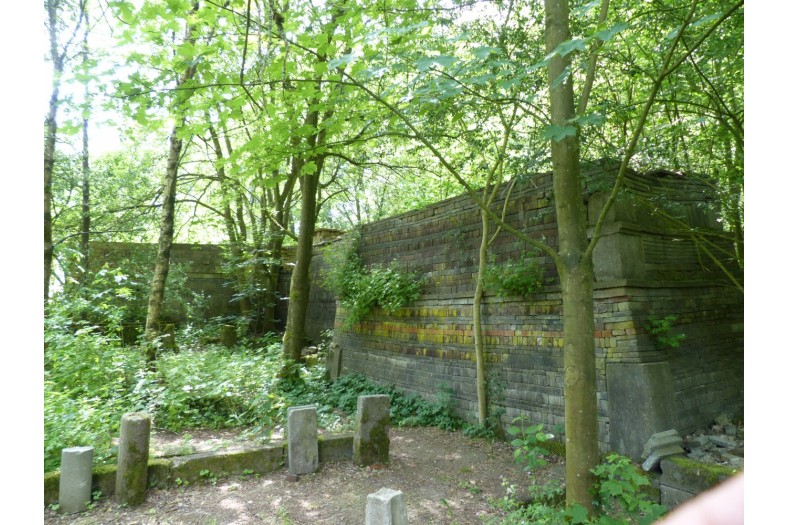
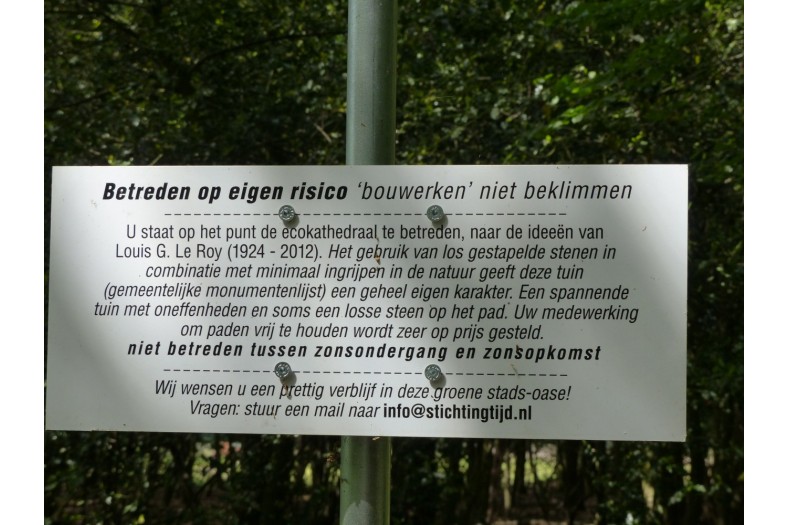
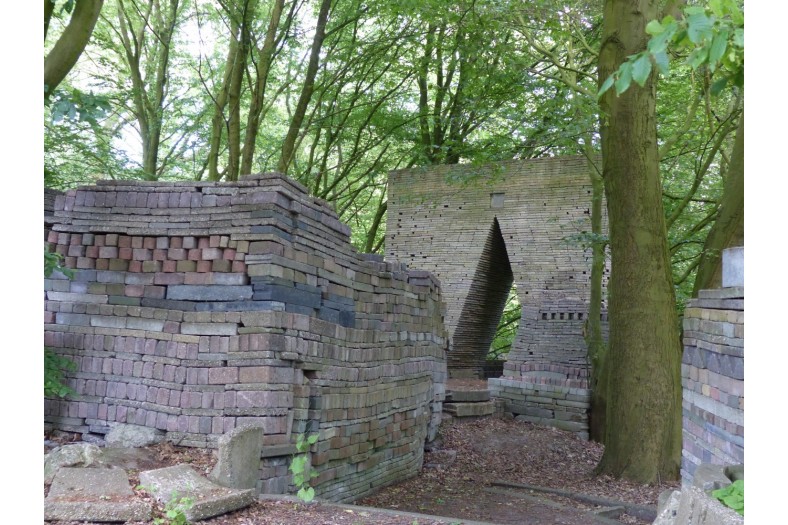
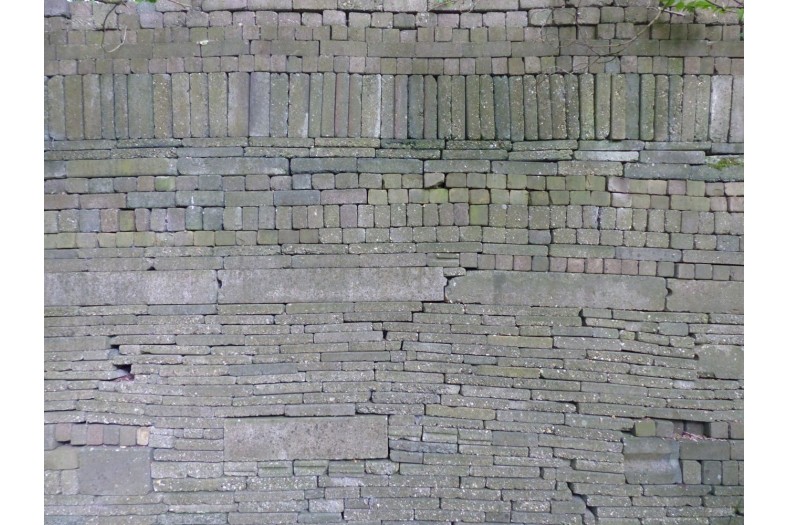



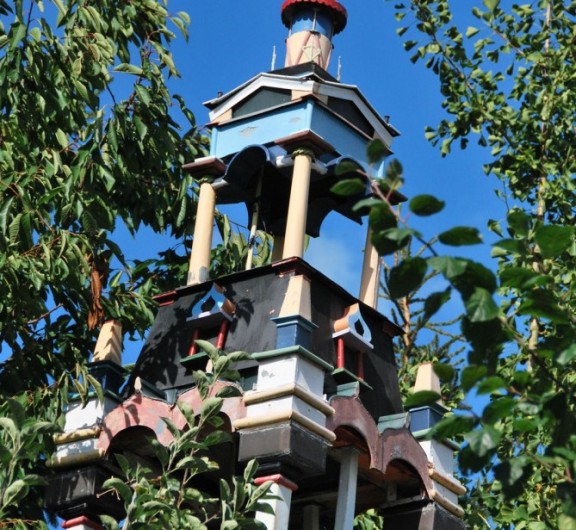

Post your comment
Comments
No one has commented on this page yet.